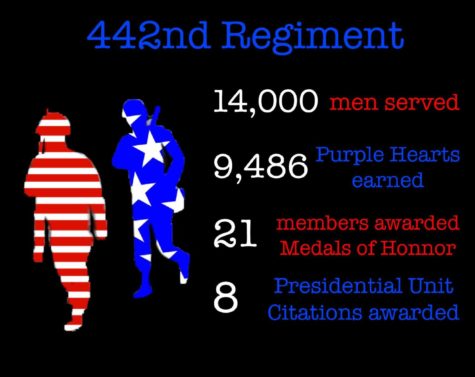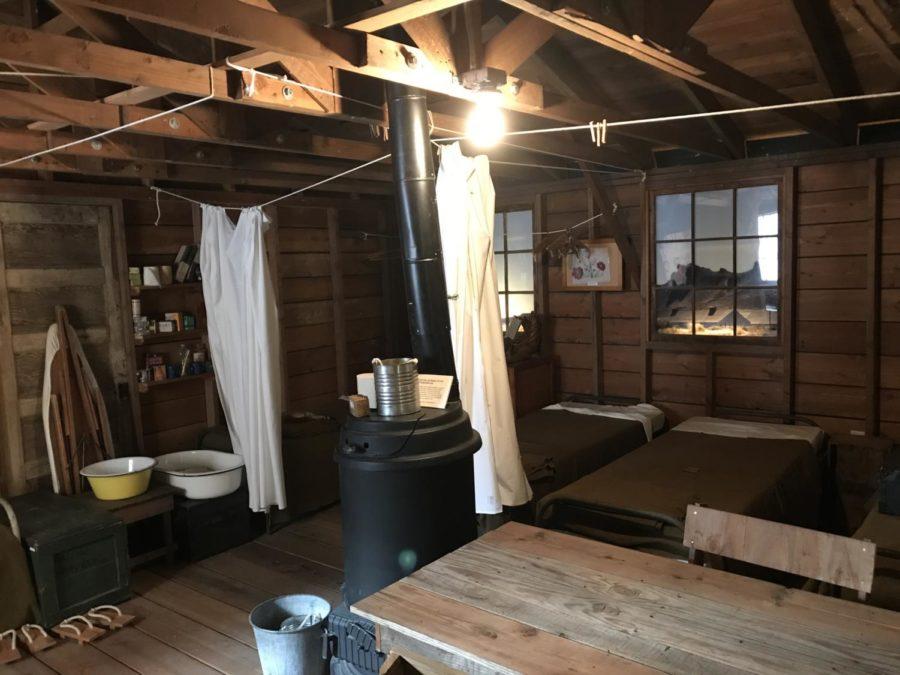Over 100,000 Americans were imprisoned in a matter of two weeks. Yet, this event still goes unnoticed by many.
Feb. 19, 1942, two months after Japan’s attack on Pearl Harbor, President Franklin D. Roosevelt signed Executive Order 9066, initiating the internment of all Japanese American citizens. According to the National Archives, approximately 120,000 people of Japanese ancestry living in America were forced out of their homes in a matter of 14 days.
They were allowed only as much as they could carry on their backs and were forced into temporary living quarters at relocation centers. Meanwhile, plywood and plastic barracks at the internment camps were still being built, according to Japanese American Museum of San Jose.
Leslie Kim, a docent at the Japanese American Museum of San Jose, said, “One year before the Pearl Harbor attack, the FBI started a Japanese registry. It tracked all people of Japanese ethnicity: who they were, where they lived, and where they worked.”
This information was used to identify all Japanese Americans and intern them in one of ten concentration camps.
Kim said, “The current administration recently proposed a Muslim registry. We have to ask: ‘how have we learned from the past?’”
The beginning of the Japanese incarceration is severely reminiscent of modern times, and Trump’s recent statement only contributes to Islamophobia in America. This fear of a certain race or religion is what led to the forced imprisonment of Japanese Americans 75 years ago.
However, learning from the past is difficult when history is constantly glossed over. Tanforan shopping center in San Bruno is visited by thousands of people a year, but most are unaware of the events that occurred there decades earlier.
It was at the Tanforan Racetrack where approximately 8,000 Japanese American citizens were kept before being moved into the internment camps, according to the Military Museum of California. Their quarters were horse stalls, and their beds were manure and hay.
“In San Jose, they had two weeks to evacuate,” Kim said. “My mother was sent to the Santa Anita racetrack.”
After a month, they were moved once more to one of the 10 established internment camps, which were built to house roughly 10 thousand, according to the Heart Mountain internment camp memorial website.
The internees were forced to call their barracks home for more than three years.
“There was no water or sewage in the barracks. In the bathrooms, there were no partitions between stalls,” said Gordon Smith, a docent at the Japanese American Museum of San Jose.
Due to the poor conditions of the camps, young men had the option to enroll in the military and fight for the very country that had imprisoned them and their families.
The 442 regiment was made up entirely of first and second generation Japanese Americans. According to Densho Encyclopedia, this infantry battalion became the most decorated force in United States military history.

Open opposition to the Japanese American internment resulted in two large Supreme Court cases that would bring about change. According to C-Span, the case Korematsu v. the United States challenged Executive Order 9066. Fred Korematsu had refused to leave his home in California and was forcefully removed by government officials.
According to the Center for Asian American Media, the second case, Endo v. the United States, also challenged the constitutionality of the internment. Mitsuye Endo was an American citizen who’d been incarcerated and believed the Japanese American imprisonment to be racist and unjust.
“On Dec. 18, 1944, the Supreme Court issued two separate rulings. In the Korematsu case, they ruled that the so-called evacuation is unconstitutional. In the Endo case, the Supreme Court ruled that the government does not have the right to keep them in camps,” Smith said.
These Supreme Court cases marked the end of the internment. A year later, families were allowed to leave the camps. However, according to Smith, most families could not reestablish their livelihoods; they did not have homes to return to and were confronted with constant racism as a result of the war.
With a current epidemic of Islamophobia and Trump’s proposal of starting a Muslim registry, history seems to be repeating itself.
Imprisoning people of a certain race or religion is a basic violation of constitutional rights.
It’s those who choose not to learn from what happened who will only bring a recurrence of tragedy.












Don Tirsell • Feb 19, 2018 at 2:50 pm
Very thought provoking article Gabby. Hoping this reaches many.